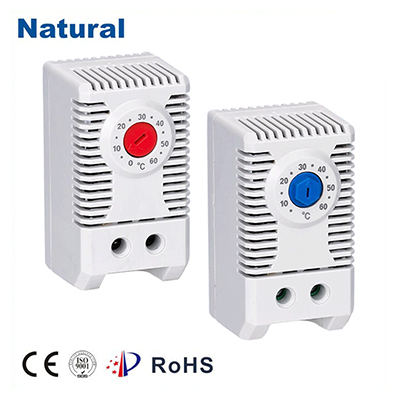Contact thermostats are essential devices widely used in various applications to maintain desired temperature levels. These thermostats function by opening or closing electrical contacts based on temperature changes, thus regulating heating or cooling systems. They play a vital role in both residential and industrial settings, ensuring comfort and efficiency. This article explores the workings, types, applications, and advantages of contact thermostats.

How Contact Thermostats Work

Contact thermostats operate on a simple principle: they sense temperature changes and act accordingly. The core of a contact thermostat typically consists of a bimetallic strip or a thermistor. Bimetallic Strip: This strip is made of two different metals bonded together, which expand at different rates when heated. As the temperature rises, the strip bends, eventually triggering a switch to open or close the electrical contacts. This action turns the heating or cooling system on or off to maintain the set temperature. Thermistors: In some contact thermostats, thermistors are used instead of bimetallic strips. Thermistors are temperature-sensitive resistors whose resistance changes significantly with temperature. When the thermistor detects a change in temperature, it sends a signal to open or close the contacts, thus controlling the connected system.
